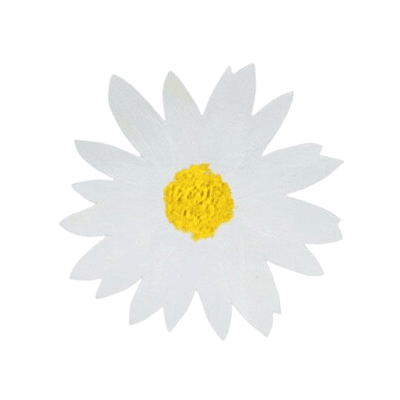Thursday 11th February 2021
Snowdrops

Snowdrop season is upon us!
Over the past few years we've planted thousands of snowdrops in our Organic Garden. The nodding white flowers grow in clumps with narrow green leaves growing from the base. Flowering from January to March, they make a very pretty way to begin our year in the garden, leading us to the blossoms of spring.
We all know this hardy flower by its common name but Snowdrop’s proper name is Galanthus Nivalis (it means Milk Flower of the Snow) and we think it was brought into the UK in the 1500’s. They've been growing around Europe for much longer and were first described by the classic Greek author, Theophrastus, in his book Historia Paltarum, Enquiry into plants (written sometime between c.350 BC and c. 287 BC).
There are several symbolic meanings to snowdrops, such as purity, hope, rebirth and sympathy, however, the Victorians thought it was bad luck to bring snowdrops into your house and that they can indicate an imminent death. There are a few theories as to the origins of this superstition but it's most likely because the bulbs are poisonous to eat, even though they look a lot like shallots! They actually have medicinal properties - Galanthamine is a substance extracted from snowdrops that can be used to improve sleep. It is also sold as a medication for Alzheimer’s disease under the name of Reminyl.
Snowdrops are in the same plant family as Amaryllis and there are 23 species of Galanthus and over 2500 cultivars found across Europe in woodlands and parks. On Valentines Day, you may even find some in the hands of Danish lovers as it's tradition in Denmark to give dainty Snowdrops instead of red roses! They aren't necessarily cheaper: A single Galanthus Plicatus ‘Golden Fleece’ snowdrop bulb was sold on Ebay for £1,390 in February 2015.
So, if you see some Snowdrops whilst you're out for a stroll, have a good old look but definitely don't eat one!










